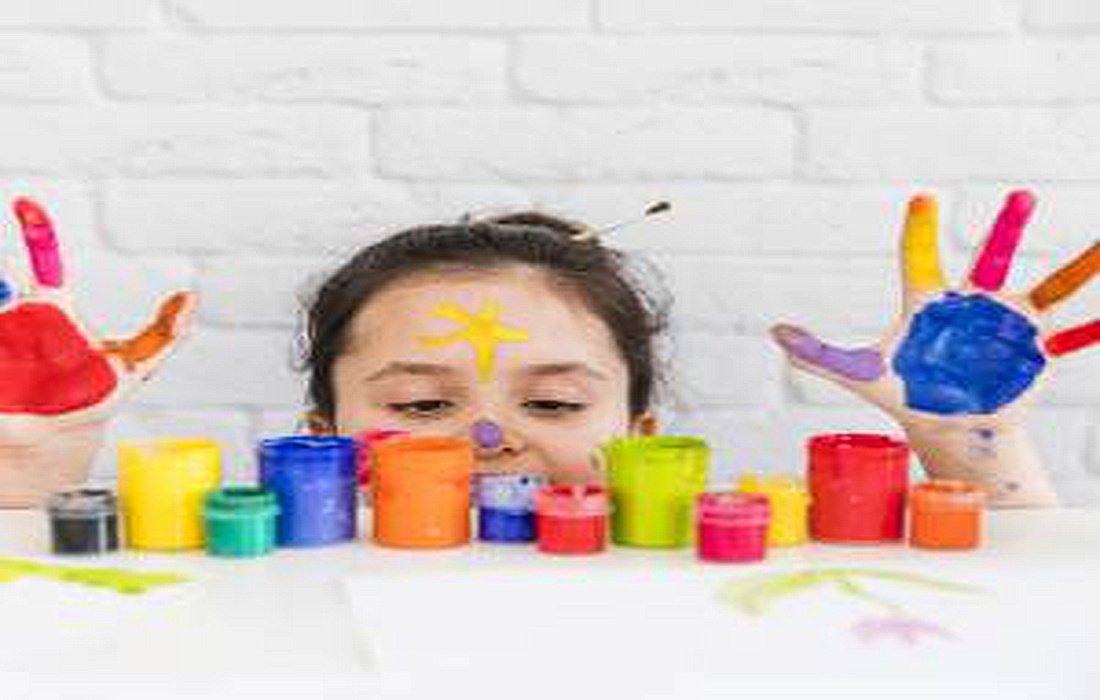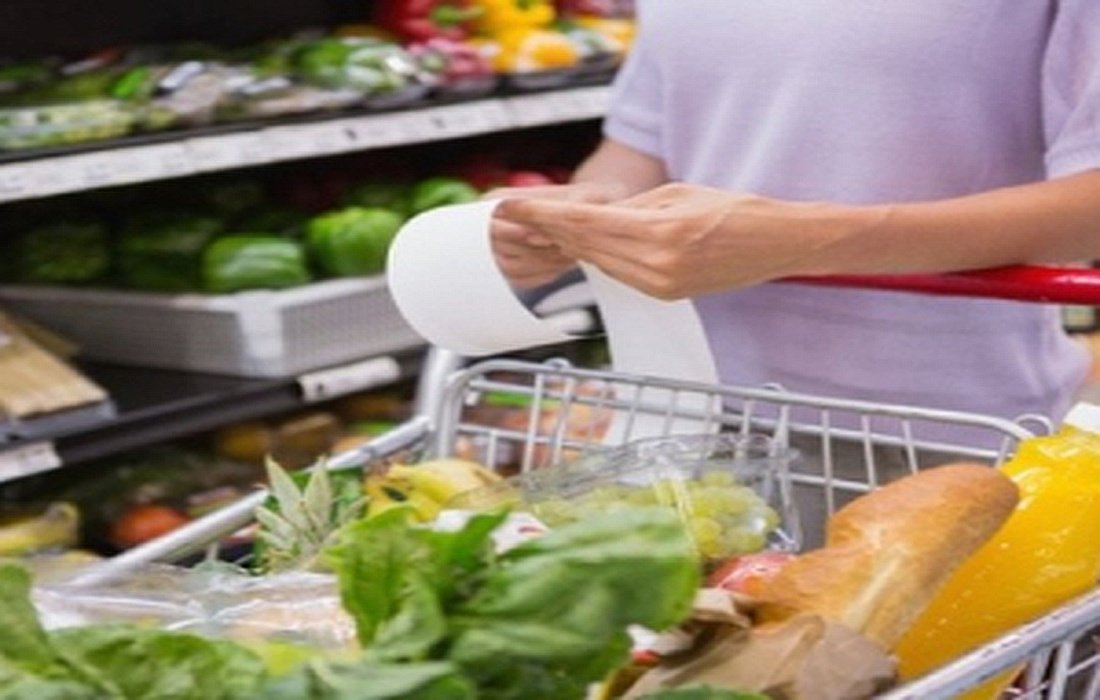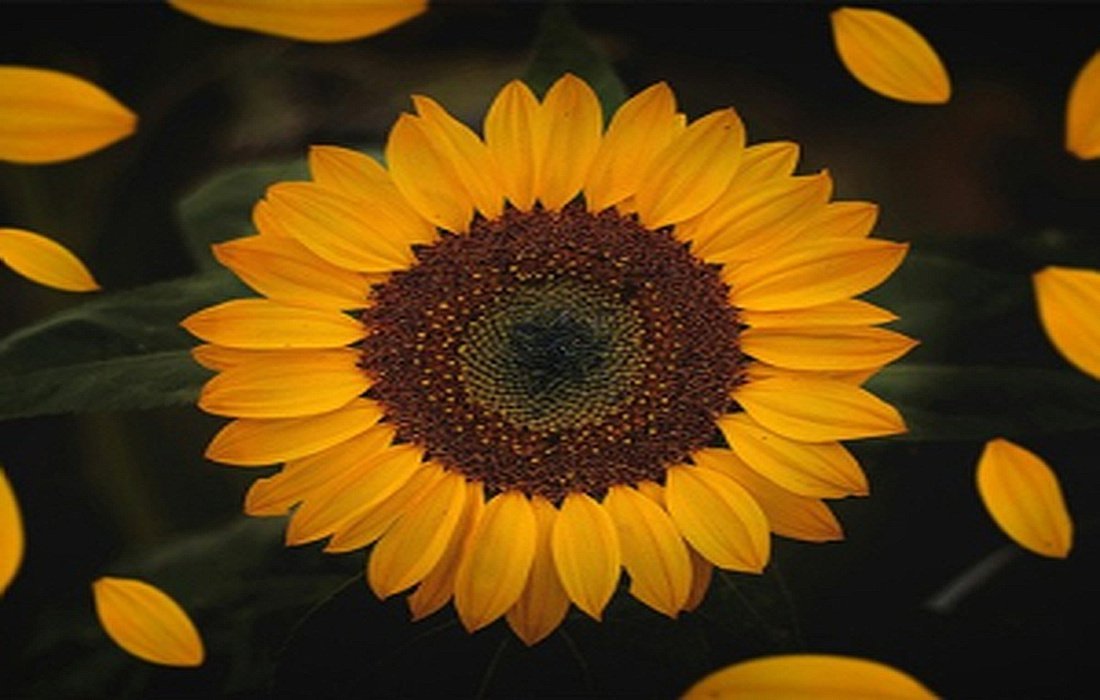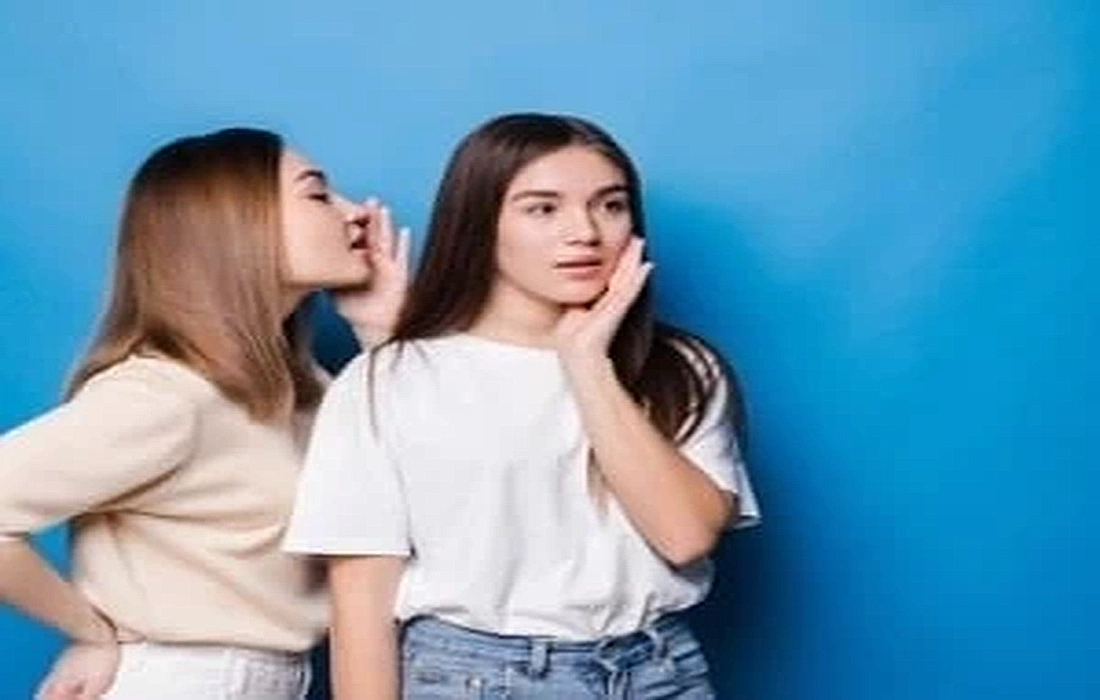How do we paint with water?
If your kids love to color but might also put the colors in their mouths, you should look for a solution. The best option is to choose a non-toxic paint for them.SelMagzWe will introduce a solution that allows you to create a homemade non-toxic paint.
Method OneCreating Watercolor:
Blending Colors
- Mix baking soda with white vinegar. Measure 4 tablespoons of baking soda with one cup and add 2 tablespoons of white vinegar.White VinegarMix well and never use baking powder instead of baking soda.Baking SodaDon’t use baking powder.
- Mix half a tablespoon of flour with two tablespoons of corn syrup and mix well until combined. This mixture will be a bit thick at this stage, which is completely normal. If you can’t find light corn syrup, use regular corn syrup.Corn SyrupIf you can’t find light corn syrup, use the regular golden syrup.
- Pour the mixture into ice cube trays. You can also use scoops or spoons, and when you’ve poured the mixture into the ice tray, stir it again.
- Add a bit of food color to the ice trays. Add 6 drops of gel food color to each ice tray and stir until blended. If the trays don’t pick up enough color, increase the drops to 20. It’s better to choose one food color for each tray.
- Place the ice trays in a spot for a few days to allow them to set. A period of 2 days to a week can help the colors develop; some colors may never dry completely, while others may remain sticky and jelly-like.JellyIf you’re in a hurry, you can place the trays in a warm, dry environment for 24 hours.
- Now keep a cup of water near you, dip the brush into it, and use the colors like regular watercolors. After using, store the paint in a cool place to avoid strange odors.
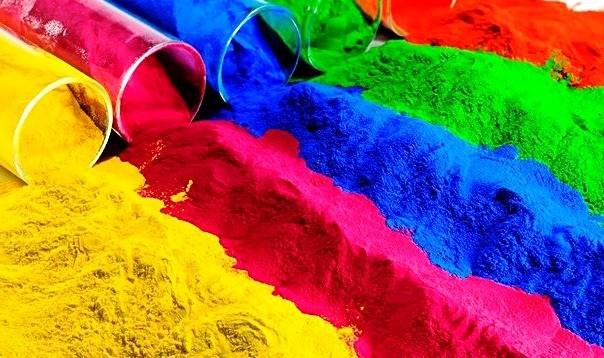
Method TwoMaking Watercolor:
Creating Liquid Colors
- Mix sugar-free drink powders in a cup. The final color will depend on the flavor you choose. Check the powder packaging for the final color. Avoid sugary powders as their sugar makes the colors sticky; be careful since some colors may not resemble the fruits, for example, grape color may turn gray.GrapeThe advantage of this method is that using sugar-free powders means kids won’t enjoy the taste much and won’t be interested in eating them.
- Add colors with 1 tablespoon of water to the mixture. If you want a darker color, use less water, and for a lighter color, add more water.
- Repeat this process for more colors. Again, add a tablespoon of color to stir and pour it into ice trays or jars.
- It’s better to use jars with lids so you can use the colors later.
- Your paint is now ready to use; it’s better to add a bit of water to make it softer. You can use an old t-shirt to gather excess color.
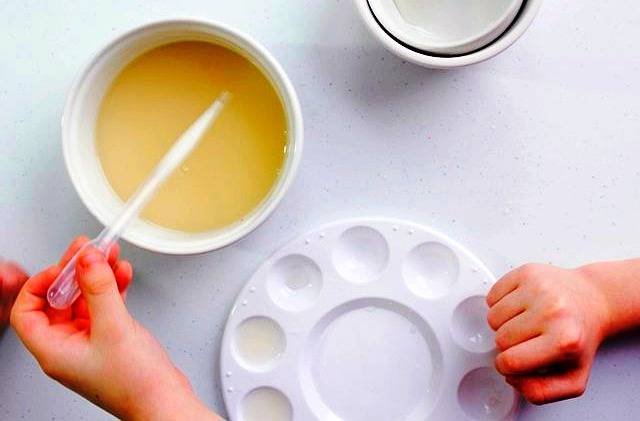
Method Three for Making Watercolors:
Use other types of blue colors.
- Combine a quarter cup of water with 1 or 2 drops of food color and mix well. Test the color on a piece of paper; if it’s not dark enough, increase the food color a bit. You can also use gel food colors and adjust the water depending on how much color you need.
- Now mix a jar’s worth of this mixture with half a cup of warm water and pour the mixed materials into ice trays. After a few minutes, stir them well to develop a darker color. Initially, the color may appear a bit dark and dull but will gradually become natural.
- Use non-toxic temporary colors and add a few drops to half a cup of water. Stir until well mixed; for a brighter color, add a bit more water.
- Now gather any dried-up markers you’ve saved and separate the non-toxic ones. Place them upside down in a jar filled halfway with water, and leave it for a week. The quicker the water evaporates, the bolder the colors will become; you can also place them in a warm environment for more color.



